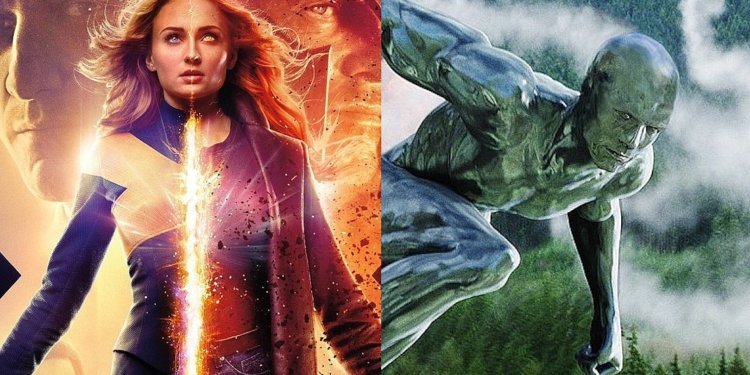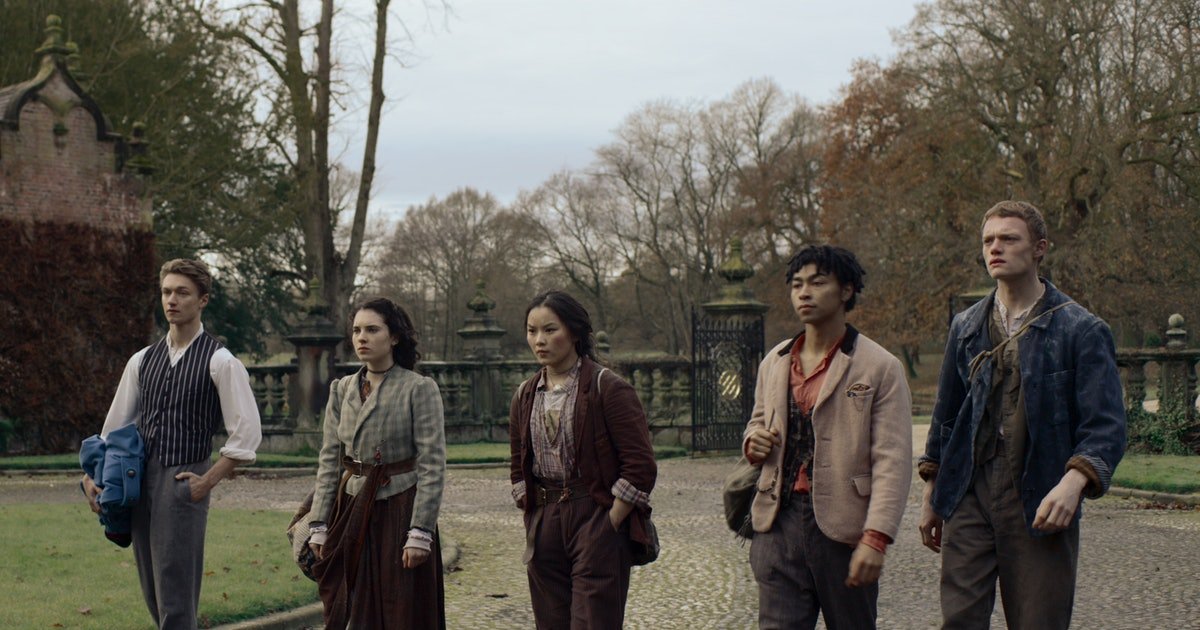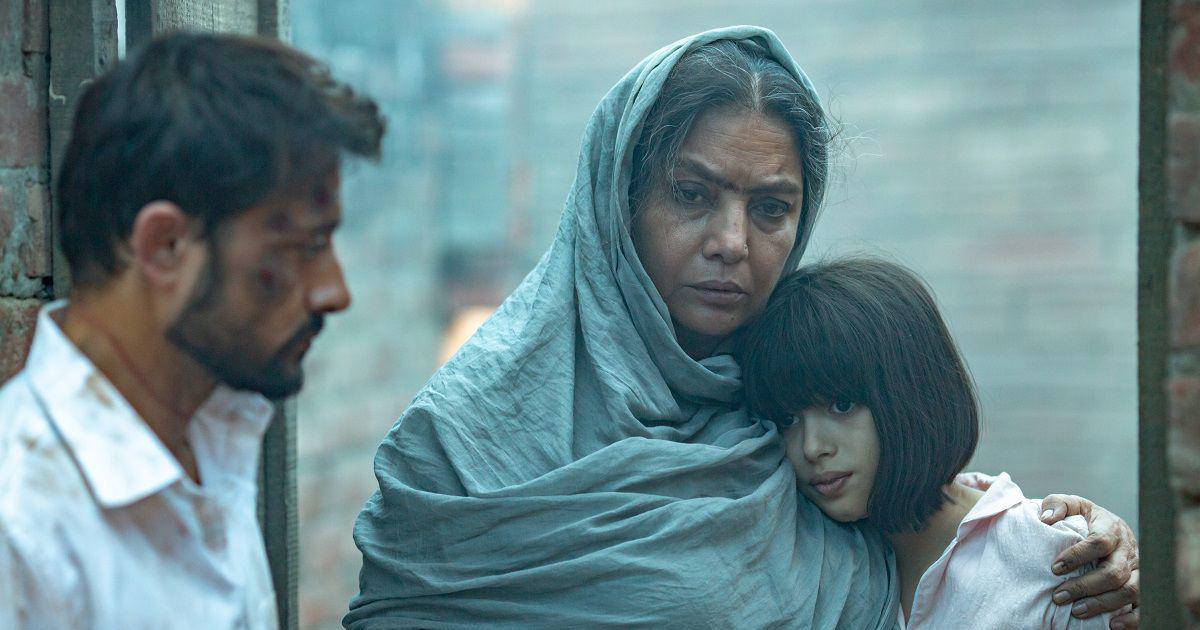Comics are centred around visual storytelling, but the visuals are still unlike films, where the visuals are moving. Since the advent of television, the form of storytelling has changed. Words are being translated into visual elements that can be enjoyed without much effort. Adapting a written story into a film or TV show is complex. The choice of adapting is that a story already has a fan base, and that fan base follows into the adaptation and gives it popularity from the get-go. For that reason, the adaptation of a story, although a complex process, is an often used choice for producing entertainment.
As we see today, many popular films are adaptations of a written story—for instance, the Harry Potter series, The LOTR trilogy and the Marvel Cinematic Universe. Among the examples given, the MCU is a film universe derived from comics. Comics are written but also visual. Adapting a written non-visual story allows for a certain creative freedom in dividing the visuals for the story, and in adapting the comics, that sort of creative freedom is contained.
In comics, the characters’ visuals are set and shaped like a 2D sketch. So, when adapting a comic, the core visual of the character should remain the same. Adapting comics into cartoon shows rather than live movies or TV shows is slightly more manageable. In comics and cartoon adaptations, there is always an option to exaggerate a situation creatively. However, such is not possible or rather tricky in the case of a live adaptation.
Adapting from Comic to Cartoon:
The closest an adaptation can feel to its source is through cartoons. However, animating is tedious, although the comics give a template to work with. But cartoons help create a fan base for a particular comic story or character from a very early stage, as children often view cartoons. So when these children grow up, they are connected to these comic stories. Cartoon adaptations also help popularize merchandise related to comic stories.
Often, these merchandise are toys that kids are heavily drawn to. Cartoons can often help lesser-known comics to become known on a larger scale. But with already popular comics, adapting them into comics puts a load of expectations on the creators. Not everything in the comics can be adapted into cartoons, and creative choices are to be made. These creative choices must align with the fans’ expectations and not ruin the story.
Adapting from Comic to Live Action:
Live-action adaptations of comics are more complex to put into work due to challenges aside from fan expectations and creative choices. 2D art or animation allows for a flexible portrayal of various scenes that can defy norms. But in live action, it is not easy to imitate such actions.
Imitating such actions requires much technical work and effort from the makers. To better understand it, we can look at superhero comics. In the comics, many action scenes can be easily portrayed, given effort is put into drawing them. However, when imitating these action scenes into live action, a lot of technological equipment and stunt training are required. Therefore, it reduces the scope of how many action scenes are shown in these adaptations and how they are shown.
While we see that movie franchises such as the MCU under Disney can pull off live-action adaptations, they are often heavily budgeted movies. According to Statista.com, about 356 million USD went into the production of Avengers: Endgame. Pulling off such a colossal feat requires a substantial amount of money.
Therefore, viable comics that make money have higher chances of being adapted into live-action due to prospective profit gain. This is evident as Avengers: Endgame amassed billions of dollars at the box office, a decisive profit.
But the superhero genre is not the only one in the comic section. Comics, like many other art forms, have different genres. For instance, we have Archie, a story grounded in realism. Here, the challenges in adapting the story lean towards retelling the story as per the audience’s expectations.
As there are instances of comics successfully adapted into shows, there are instances where they have failed, and these failures highlight the challenges mentioned. These examples include the Fantastic Four, X-Men-Dark Phoenix, Catwoman and many more. All these movies have been known to mess with the source material and fail to put the story ahead with the main crux intact. These movies highlight the central and crucial challenges in adapting comics: the journey from story to script.







